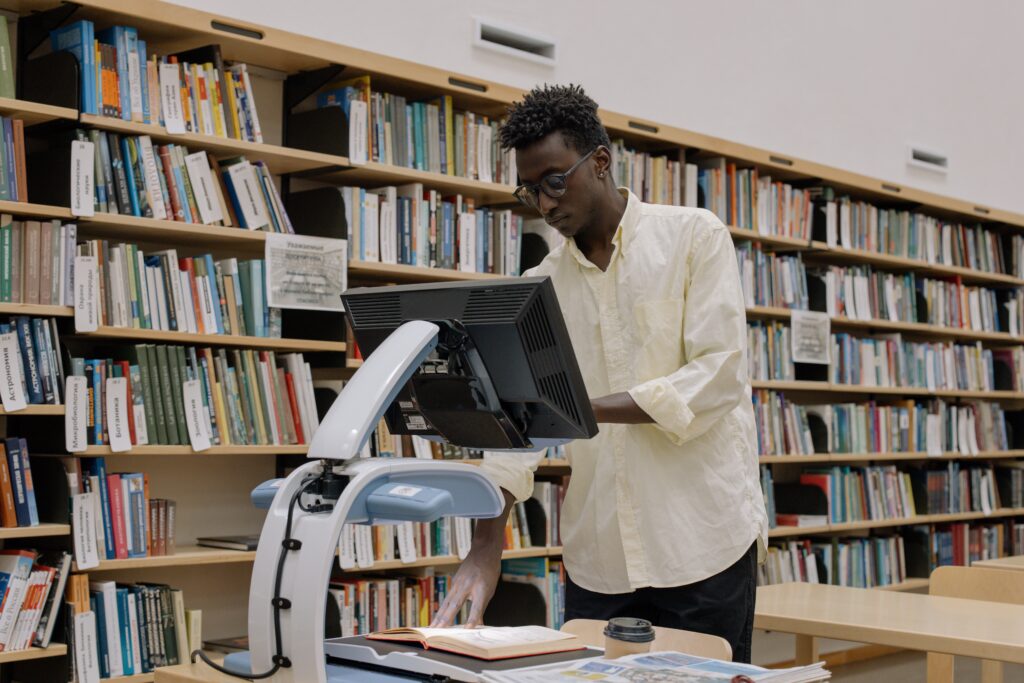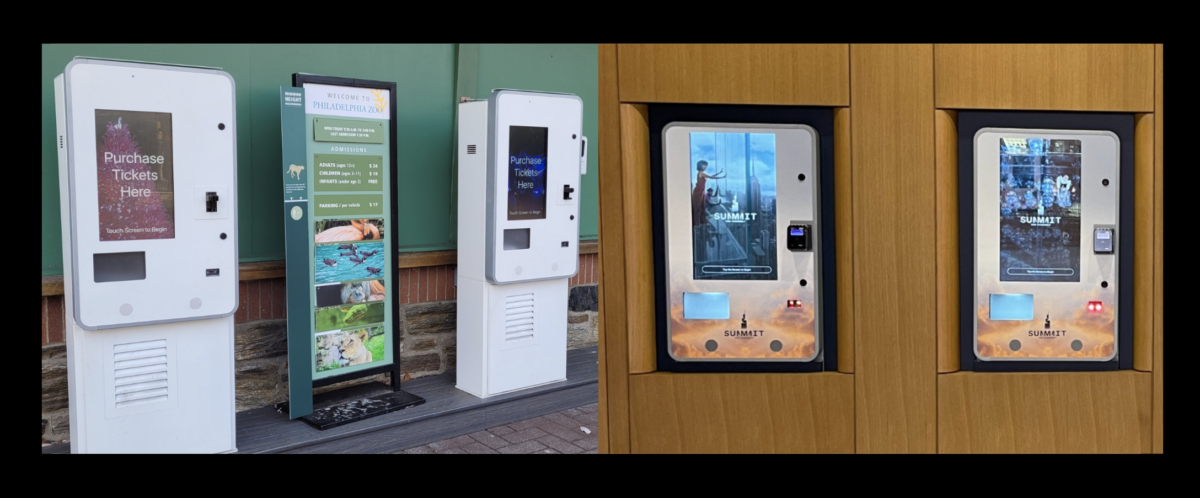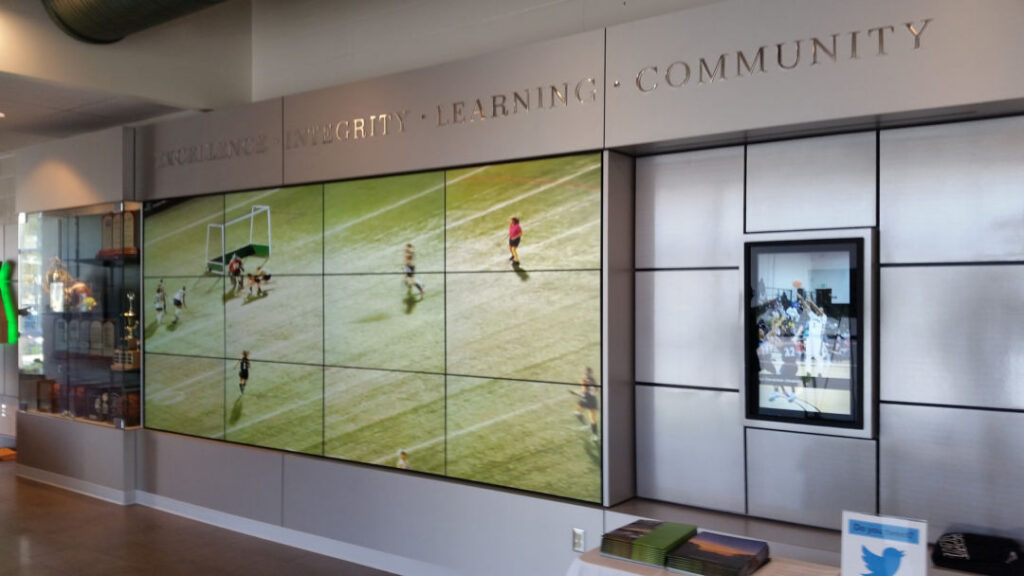Self service kiosks offer unparalleled convenience and efficiency to customers and businesses alike. These digital solutions empower customers to complete tasks independently—whether it’s ordering food, checking in for a flight, or accessing information. While they bring undeniable benefits, it’s crucial to understand their capabilities, applications, and challenges before making an investment. Let’s dive into everything you need to know about self-service kiosks and how they can enhance your business.

What is a Self Service Kiosk?
A self-service kiosk is a user-friendly digital terminal designed to facilitate customer interactions with a business. It allows consumers to complete financial transactions like loading cash onto a debit card, check-in for appointments, and place orders at their convenience. Think of the ticket machines at train stations and subways, or the self-ordering screens at quick-service restaurants (QSRs)—they provide a streamlined, hassle-free experience for users while reducing demand on staff.
Self service kiosks aren’t limited to retail or dining. They’re used across industries like hospitality, healthcare, transportation, and even business offices, making them a versatile tool for improving operations and customer satisfaction.
Key Functions of Self-Service Kiosks
The primary goal of a self-service kiosk is to make customer interactions faster, easier, and more efficient. Here are some of the core functions they typically offer:
1. Payment Processing
Modern digital kiosks support secure payment options, including NFC, credit/debit cards, and mobile wallets. This versatility enhances the customer experience by offering multiple ways to pay.
2. Check-In Services
From hotels to airports, kiosks streamline the check-in process, saving time for both customers and staff while reducing lines and wait times.
3. Branding and Promotion
Kiosks often serve as a branding tool, displaying promotions, ads, and other visual content to engage users and drive sales.
4. Product Management
With high foot traffic, kiosks provide quick access to product information, allowing customers to explore and purchase items efficiently.

Popular Self Service Kiosk Enclosure Types
Self service kiosks come in various forms to suit different needs. Here are three of the most common types:
1. Freestanding Kiosks
These are the most visible and versatile digital kiosks, often used for wayfinding in malls or as ordering stations in QSRs. Their size and prominence make them ideal for branding and engaging customers, though they tend to be more expensive due to their larger footprint.
2. Wall-Mounted Kiosks
Perfect for spaces with limited room, wall-mounted kiosks offer full functionality in a compact design. They’re commonly found in public transportation hubs and offices, providing interactive menus for wayfinding, navigation and building directories without taking up valuable floor space.
3. Counter-Mounted Kiosks:
Counter-mounted kiosks are compact and designed to be placed on existing countertops or reception desks, making them ideal for businesses with limited space. They are frequently used in environments such as retail stores, medical offices, and ticketing counters, where they provide a convenient, space-saving solution. Their smaller footprint and versatility make them a practical choice for businesses looking to implement self service solutions without requiring extensive modifications to their current layout.

Examples of Self Service Kiosk Applications
You’ve likely encountered self service kiosks in many different industries. Here are a few of the most common:
1. Retail: From self-checkouts to interactive product catalogs, digital kiosks make shopping faster and more efficient.
2. Food Service: QSRs and counter-service restaurants use kiosks for ordering and payments, reducing lines and wait times. Catering companies use refrigerated vending machines to provide fresh, convenient food options almost anywhere.
3. Airports: Self service kiosks streamline check-ins, boarding pass printing, and wayfinding.
4. Healthcare: Patients use kiosks for check-ins, scheduling, and accessing medical records, improving overall workflow.
5. Entertainment venues: Sporting venues like stadiums and arenas, as well as concert halls and other similar spaces, are all popular environments for self service kiosks.
6. Libraries: Self-checkout kiosks let users borrow books and manage accounts independently.
Top Benefits of Self Service Kiosks
1. Convenience: Customers can complete tasks at their own pace, anytime—day or night.
2. Efficiency: Streamlined processes reduce wait times and improve service speed.
3. Customization: Users can personalize their experience, from meal orders to travel itineraries.
4. Cost Savings: Businesses save on labor costs by automating routine tasks.
5. Data Insights: Kiosks gather valuable customer data, helping businesses make informed decisions.
6. Increased Sales: Upselling and cross-selling features can boost revenue.
7. Improved Accessibility: Features like audio guidance and large text make kiosks inclusive for all users.
How Much Do Self-Service Kiosks Cost?
The cost of a self service kiosk varies widely based on size, features, and customization. Basic models may start at less than $1000, while more advanced, custom kiosks can easily exceed $5,000. Bulk purchases often reduce per-unit costs, and ongoing kiosk software updates and maintenance should be factored into the budget.
Why Consider Self Service Kiosks for Your Business?
Self service kiosks offer a powerful way to enhance customer interactions, streamline operations, and reduce costs. By automating routine tasks, businesses can free up staff to focus on delivering an exceptional user experience. Whether you’re in retail, hospitality, healthcare -- almost anywhere! -- kiosks can help you meet customer expectations while driving efficiency and growth.
Ready to explore how digital kiosks can benefit your business? Contact us today to learn more about our solutions. Together, we’ll create a kiosk system tailored to your unique needs.



